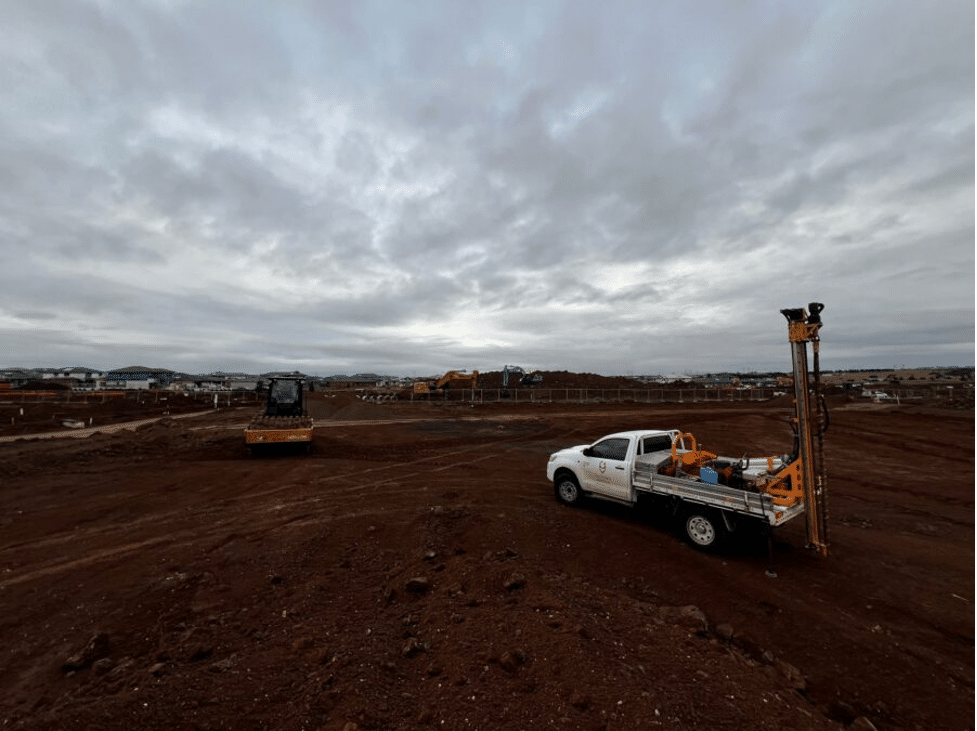Before a single foundation is poured or a wall goes up, the ground beneath a construction site holds important clues that could impact the safety, legality, and cost-effectiveness of a building project. Among the most critical of these factors is soil contamination—a hidden risk that, if ignored, can derail developments, lead to health hazards, and introduce legal and environmental complications.
In areas experiencing rapid development, especially in cities like Melbourne where urban renewal and brownfield projects are common, soil testing Melbourne services are often the first line of defence in identifying and addressing these risks. For builders, understanding the implications of contaminated soil is essential to ensuring project compliance and avoiding costly surprises down the track.
What Is Soil Contamination?
Soil contamination occurs when hazardous substances are present in the soil at levels that pose a risk to human health, the environment, or building integrity. These substances can include:
- Heavy metals (lead, arsenic, mercury)
- Hydrocarbons (from fuels, oils, or solvents)
- Pesticides and herbicides (eg. Ex-sheep dip sites)
- Asbestos
- Industrial chemicals or waste
Contamination is often a legacy of previous land use. Old industrial sites, service stations, landfills, agricultural areas, or properties with unknown histories may all carry a higher risk of contamination. However, even seemingly innocuous sites can be affected, particularly in regions with extensive urban development.
Why Soil Contamination Matters to Builders
Contaminated soil isn’t just an environmental concern—it directly affects construction projects in several ways:
- Health and Safety Risks
Workers on-site may be exposed to harmful substances through inhalation, ingestion, or skin contact during excavation or soil handling. - Regulatory Compliance
Most states and councils have strict environmental laws that govern how contaminated soil must be managed. Failing to identify and address contamination can lead to penalties, stop-work orders, or costly remediation demands. - Design and Engineering Impacts
Certain contaminants can affect soil stability or corrode building materials. This may necessitate changes in foundation design or the use of protective barriers. - Waste Management and Disposal Costs
Contaminated soil cannot be disposed of like ordinary fill. It may require specialised treatment or transport to licensed facilities, dramatically increasing project costs. - Delays and Project Disruptions
Discovering contamination mid-build can lead to major delays while investigations, approvals, and remediation are arranged. - Reputation and Liability
If contamination affects future occupants or surrounding land, builders and developers could face legal action or long-term reputational damage.
How Soil Testing Detects Contamination
Soil contamination is not always visible or obvious. Professional soil testing involves sampling the soil at various depths and locations and analysing it in a certified laboratory. Key tests may include:
- Heavy metal screening
- Volatile organic compound (VOC) testing
- Hydrocarbon level analysis
- Asbestos identification
- pH and salinity levels
The results help classify the level of contamination (if any) and inform decisions about whether the soil can remain undisturbed, requires treatment, or must be removed.
In some cases, a preliminary site investigation (known as a Phase 1 Environmental Site Assessment) is conducted to evaluate the likelihood of contamination based on historical land use records. If risks are identified, this is followed by a Phase 2 assessment involving actual sampling and testing.
Managing Contaminated Soil on Construction Sites
If contamination is found, there are several pathways to manage it:
- On-site containment: Installing barriers or capping the area to prevent exposure or leaching.
- Remediation: Treating the soil through chemical, biological, or thermal processes to neutralise contaminants.
- Excavation and disposal: Removing the soil entirely and transporting it to a licensed facility.
- Redesign or relocation: In some cases, it may be more feasible to redesign the build to avoid the affected area or shift it elsewhere.
Choosing the right option depends on the type and extent of contamination, the intended land use, and local regulations.
Tips for Builders to Minimise Risk
To reduce the risks and costs associated with soil contamination, builders can follow these practical steps:
- Commission soil testing early – Ideally before purchasing land or during the planning phase.
- Review historical land use records – A site with an industrial or agricultural history may warrant extra caution.
- Engage qualified environmental consultants – Professionals can provide tailored advice based on local regulations and best practice.
- Factor in time and budget for potential remediation – Especially for inner-city or redevelopment sites.
- Maintain documentation – Keeping thorough records of testing and any remediation helps with council approvals and liability protection.
Legal and Environmental Responsibilities
In Victoria and across Australia, the Environmental Protection Authority (EPA) and local councils play an active role in regulating contaminated land. Builders have a legal duty to ensure their activities do not cause environmental harm, and must comply with soil classification, disposal, and remediation rules. Failing to do so can lead to substantial penalties.
Final Thoughts
While it may not be the most visible part of a construction project, soil contamination can have serious consequences if not properly identified and managed. For builders, early and thorough soil testing is not just a box to tick—it’s a crucial part of project planning and risk management.
Understanding what lies beneath the surface ensures your project starts on solid, safe, and compliant ground.


